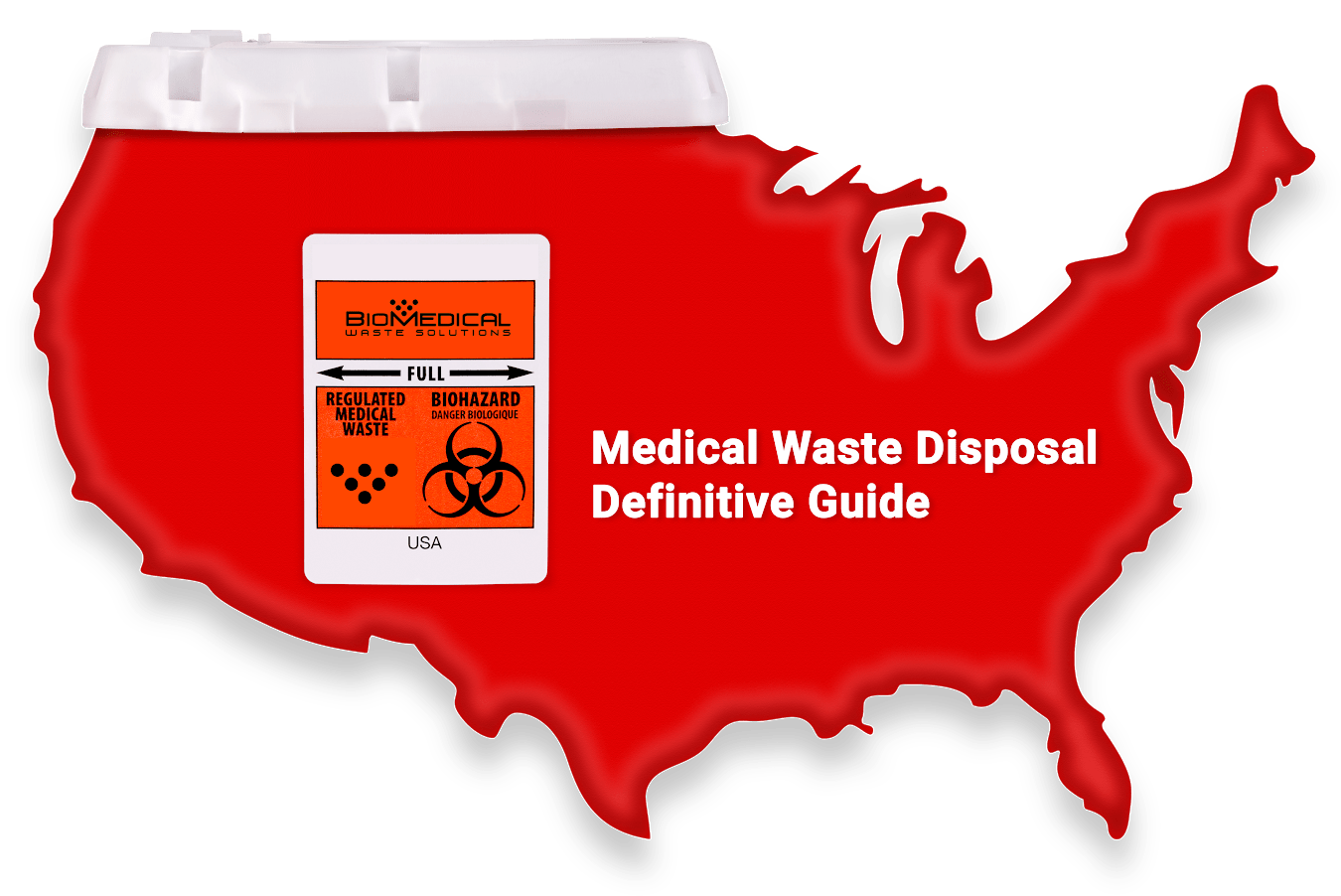Medical Care Health Heroes: The Unsung Duty of Medical Waste Removal Service
Medical Care Health Heroes: The Unsung Duty of Medical Waste Removal Service
Blog Article
Recognizing the Different Kinds Of Waste Disposal Methods
In the world of waste monitoring, the array of disposal techniques offered today is huge and differed, each approach offering a distinctive purpose in addressing the challenge of waste disposal. click here. From reusing methods that aim to provide brand-new life to products, to the detailed processes of contaminated materials management, the landscape of waste disposal is complicated yet critical for ecological sustainability. Understanding the nuances of these different techniques not only clarifies the value of accountable waste monitoring yet additionally motivates us to reassess our strategy in the direction of garbage disposal in a rapidly evolving world

Recycling Approaches
Recycling approaches are important for sustainable waste monitoring methods in both residential and commercial setups. medical waste removal service. By implementing effective recycling strategies, a substantial amount of waste can be drawn away from garbage dumps, preserving natural sources and decreasing the ecological impact of manufacturing processes
In houses, curbside recycling programs play a crucial role in encouraging houses to separate recyclable products from basic waste. Materials such as paper, plastics, glass, and steels can be sorted and gathered for handling into new items, reducing the requirement for basic materials and energy-intensive manufacturing processes.
Industrial centers also rely upon reusing methods to reduce waste generation and advertise a round economy. By carrying out closed-loop systems, businesses can reuse materials within their manufacturing procedures, reducing expenses and ecological impact. medical waste removal. Furthermore, commercial recycling programs usually involve partnerships with specialized recycling centers to make sure that products are properly sorted, processed, and reintegrated into the supply chain
Composting Methods

Aerated static heap composting includes blending organic waste materials in a huge pile and regularly turning it to make certain appropriate oygenation. This technique is appropriate for smaller-scale procedures and homes.
In-vessel composting entails placing organic waste in a closed container with controlled conditions for temperature level and oygenation. Windrow composting consists of creating long rows of natural waste and routinely turning them to promote decay - medical waste disposal.
Land Fill Disposal
Land fill disposal is a generally used technique for managing waste that can not be recycled or composted. Methane gas, a result of decaying natural waste in garbage dumps, is typically collected and made use of as a resource of sustainable energy. Initiatives to minimize reliance on landfills consist of promoting waste decrease, reusing, and checking out alternative waste disposal approaches to reduce the environmental impact connected with traditional land fill disposal methods.

Waste-to-Energy Incineration
Incineration of waste for energy generation is an approach increasingly being thought about as a choice to traditional garbage dump disposal strategies. Waste-to-energy incineration involves the combustion of waste materials at heats, generally in specialized centers made to generate electrical power or warm via the procedure - click here. This strategy not only minimizes the quantity of waste that would otherwise be destined for land fills but also takes advantage of the warmth produced during incineration to produce power
Among the key advantages of waste-to-energy incineration is its capability to produce power while minimizing the environmental effect contrasted to standard land fill disposal methods. By converting waste into energy, this method assists in minimizing greenhouse gas exhausts and dependence on nonrenewable fuel sources for power generation. Additionally, waste-to-energy facilities are equipped with advanced air pollution control technologies to reduce prospective environmental contaminants released during the combustion process.
Hazardous Waste Management

Thinking about the vital significance of responsible waste management techniques, especially in the realm of environmental sustainability, the emphasis currently shifts towards the detailed domain name of Hazardous Waste Management. Contaminated materials presents considerable risks to both human wellness and the atmosphere, necessitating customized handling and disposal methods. Common instances of harmful waste include chemicals, batteries, chemicals, and electronic waste.
Hazardous Waste Monitoring includes the identification, collection, transport, therapy, and disposal of materials deemed possibly hazardous or hazardous. This procedure calls for adherence to stringent regulations and standards to mitigate damaging effect on ecosystems and public health and wellness. Various techniques are employed in handling contaminated materials, including recycling, safe and secure landfills, encapsulation, and chemical therapy.
Proper Contaminated Materials Monitoring is important for preventing contamination of soil, water resources, and air pollution. It is vital for sectors, laboratories, health care centers, and other generators of harmful waste to apply robust administration approaches, training programs, and emergency reaction prepares to make certain the safe handling and disposal of these materials. Failure to take care of contaminated materials appropriately can have significant repercussions, emphasizing the importance of persistent and accountable practices in this field.
Conclusion
Finally, garbage disposal methods play a critical role in managing and minimizing the impact of waste on the atmosphere. From recycling and composting to garbage dump disposal and waste-to-energy incineration, each technique has its very own benefits and restrictions. Appropriate administration of unsafe waste is additionally vital to protect public health and the environment. It is essential for sectors and people to recognize the various waste disposal techniques available and choose one of the most ideal approach for lasting waste administration.
In the realm of waste management, the selection of disposal methods available today is substantial and differed, each method offering an unique purpose in resolving the difficulty of waste disposal. click here. From recycling methods that intend to provide new life to products, to the complex processes of unsafe waste monitoring, the landscape of waste disposal is complicated yet essential for ecological sustainability. Comprehending the nuances of these various methods not only loses light on the significance of responsible waste monitoring but additionally triggers us to rethink our strategy towards waste disposal in a swiftly evolving world
Efforts to reduce dependence on garbage dumps include advertising waste see reduction, reusing, and exploring alternate waste disposal methods to lessen the environmental impact associated with standard garbage dump disposal practices.
It is crucial for sectors and individuals to recognize the different waste disposal methods readily available and select the most ideal method for lasting waste monitoring.
Report this page